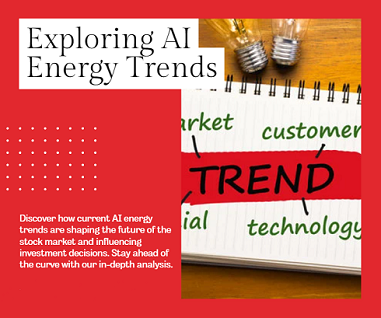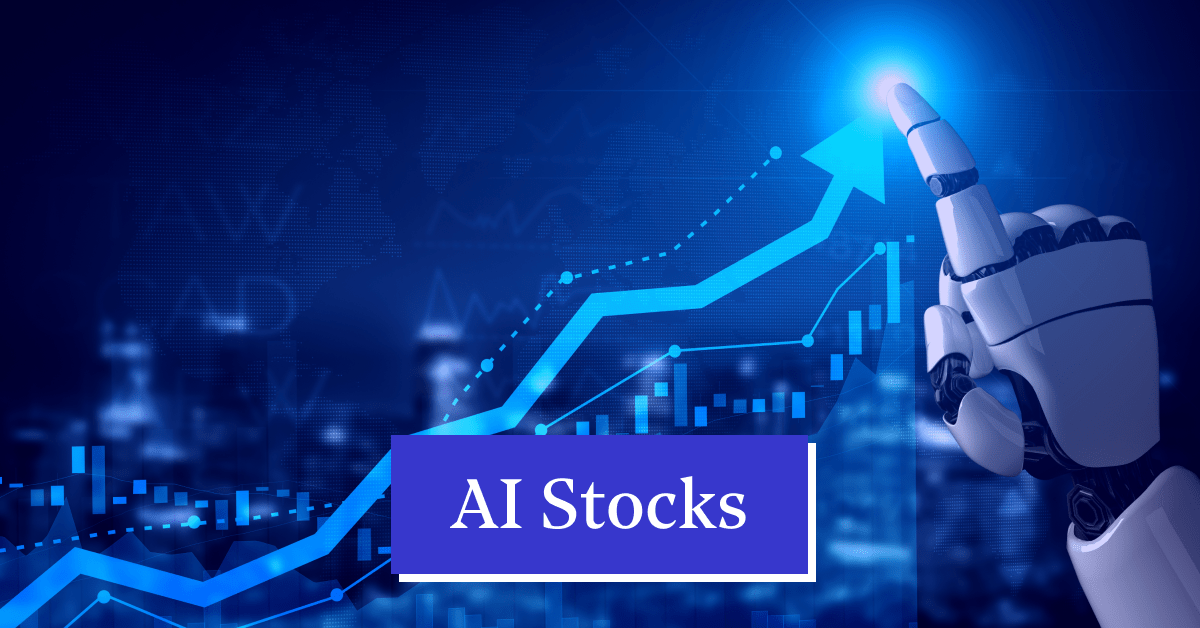Top 10 Tips When Looking At The Cost And Price For Ai Stock-Predicting/Analyzing Platforms
The price and cost of AI-based stock predicting/analyzing trade platforms is essential to avoid unanticipated costs or hidden fees. Understanding what you are paying for and how the pricing structure can be very different. This will help you make a more informed choice. Below are the top 10 ways to evaluate the pricing and expenses of these platforms.
1. Understanding the Pricing Model
Subscription-based : Determine if there's a monthly or an annual cost and what features are included in each level.
Pay-per-use : Make sure that the platform charges according to the amount of usage (e.g. trades, requests for information or forecasts).
Freemium Model: Examine to see if the website has a free model which offers only a few features. Premium features are billed for.
2. Compare Pricing Tiers
Overview of features: See the features included in each price the tier (e.g. basic, professional, enterprise).
Scalability: Be sure that the price tiers are aligned to your requirements.
Upgrade flexibility: Check whether it's possible to upgrade or downgrade your plan based on your changing requirements.
3. Evaluate Hidden Costs
Data fees: Find out whether the platform charges additional access to premium data (e.g. real-time data or advanced analytics).
Brokerage fees - Make sure to see if any extra costs are charged by the platform to trade execution or integration with brokers.
API usage: Evaluate whether the cost of API access is higher or if API usage is high-frequency.
4. Demos and Free Trials
Trial period: Check out platforms that give you a no-cost demo or trial to try their features.
Review the limits of a free trial. Does it contain all features?
Optional with no commitment You should be able to cancel your trial without incurring costs if you discover that the platform does not meet your requirements.
5. Look for discounts and promotions.
Discounts on annual subscriptions Comparing the monthly plan with an annual subscription.
Referral programs: Find out if the platform provides discounts or credits for referring users.
Prices for institutions If you're part of a company that is larger than you, ask about bulk or institution pricing.
6. Evaluate Return on Investment (ROI)
Cost vs. Value: Determine whether the capabilities and forecasts of the platform are worth its cost. For instance, does it will help you make a better trading decision or reduce time.
Examine the platform's performance track record or user testimonials to calculate its potential return on investment.
Cost alternatives - Compare the platform's cost to the possible cost if you don't use it (e.g., missed opportunity, time spent on manual analysis).
7. Review, Cancellation, and Refund Policies
Cancellation Terms: You may cancel without hidden charges or penalties.
Make sure to check if there's a refund policy for subscriptions that you have not utilized.
Auto-renewal. Find out if the platform automatically renews your account. If so then you'll have to figure out how to unsubscribe.
8. Review Transparency of Pricing
Clear pricing page: Make sure that the platform offers a pricing page which is precise, clear and doesn't include any hidden charges.
Customer Support: Contact Customer Service to clarify any unclear pricing details or extra charges.
Contract Terms: Read the conditions of service for any long-term agreements or penalties.
9. Compare with Competitors
Comparing features: Ensure you're getting the best price and platform by comparing it to its rivals.
User feedback: Find out what others think of the app to decide if it is worth the cost.
Check the market positioning of the platform. Does it meet your requirements?
10. Think about the long-term costs
Price hikes: Check out the past history of the platform and note how often it has raised prices.
Feature additions - Determine whether new features are included in your current plan or if an upgrade is needed.
Costs of scaling: Make sure the pricing of your platform is reasonable when your trading or data needs grow.
Bonus Tips
Trial multiple platforms: Test several platforms with free trials to compare their performance and value.
Negotiate prices: If you're a high-volume user or part of an institution, inquire about custom pricing or discounts.
You can find free educational sources on certain platforms.
Follow these tips and you'll be able to evaluate the price, cost, and the features offered by AI stock trading platforms. A well-priced trading platform will achieve the ideal balance between affordability and features which will help you maximize your success. Read the most popular ai copyright trading bot tips for more recommendations including incite ai, ai stock picker, ai trading software, best ai for trading, stocks ai, best ai for stock trading, ai trading software, ai copyright trading, ai stock price prediction, ai trading and more.

Top 10 Tips For Evaluating The Accuracy Of Trading Platforms Using Artificial Intelligence That Forecast Or Analyze Prices For Stocks
Transparency plays a crucial role in assessing AI-driven trading and stock prediction platforms. Transparency is crucial since it lets users be confident in the platform, comprehend the choices made, and check the accuracy. These are the top 10 tips for assessing transparency in such platforms.
1. Clear Explanation of AI Models
Tips - Make sure that the platform provides a thorough description of the AI and algorithmic models that are used to predict the future.
What's the reason? Understanding the fundamental technology helps users assess its reliability and drawbacks.
2. Disclosure of Data Sources
Tip: Check if the platform makes public the data sources it uses (e.g. historic stock data, social media).
Why? Knowing the sources of information ensures that the platform is able to use reliable and complete data.
3. Performance Metrics and Backtesting Results
Tips: Look for transparency in the reporting of performance metrics (e.g. rate of accuracy and ROI), and backtesting outcomes.
The reason: It allows users to check their past performance as well as the efficacy of their platform.
4. Updates and notifications in real-time
Tip: Assess if the platform provides real-time updates and notifications about trading, predictions or system updates.
Why is this? Real-time transparency enables users to be informed of every critical action.
5. Limitations of Communication that is open
Tips: Make sure your platform explains the limitations and potential risks of the trading strategies it employs and its predictions.
Why: Acknowledging limitations builds trust and allows users to make better choices.
6. Raw Data is accessible to users
Tip : Assess whether users are able to access raw data as well as intermediate results that are utilized by AI models.
How do they do it? Users are able to do their own analysis and verify their predictions using raw data.
7. Transparency and honesty in the cost of fees and expenses
Check that the platform clearly states the subscription fees as well as other hidden costs.
Transparency in pricing is a positive thing. It helps avoid unexpected costs and increases confidence.
8. Regular Reporting and Audits
Verify whether the platform publishes regular reports, or undergoes audits by third parties to verify its effectiveness.
Independent verification is essential because it adds credibility to the process and ensures accountability.
9. Predictions and Explainability
Tips: Find out whether the platform explains the process by which it comes up with specific suggestions or predictions (e.g. decision trees, feature importance).
Why? Explainability allows users to gain insight into the rationale behind AI-driven actions.
10. Customer Feedback Channels, Support and User Feedback
Tip: Check whether the platform provides open channels for feedback from its users and provides assistance. You should also check whether the platform addresses concerns of users in a clear and transparent manner.
Why: Responsiveness in communication is an indication of commitment to openness.
Bonus Tip Regulatory Compliance
Verify that the platform adheres to relevant financial regulations, and make sure it declares its conformity status. This adds an additional layer of confidence to the platform.
By carefully evaluating these aspects, it is possible to evaluate whether an AI-based stock prediction and trading system functions in a transparent way. This lets you make educated decisions and develop confidence in its capabilities. Read the most popular her response about best ai stocks to buy for more advice including ai trading bots, chart ai trading, incite ai, ai for stock trading, ai trading bot, ai trading software, ai copyright signals, ai stock price prediction, using ai to trade stocks, ai for investing and more.

Comments on “30 New Ways For Deciding On AI Stock Analysing Sites”